Instructional Series
Welcome to the English medium literacy instructional series teaching and learning resources for years 1 to 8.

- Gold
- Purple
- Blue
- Red
- Green
- Yellow
- Orange
- Turquoise
- Magenta
- 2
- 3
- 4
- 1
- 4
- 6
- 5
- 3
- 8
- 7
- 2
- 1
- English
- Social Sciences
- Science
- Health and Physical Education
- Technology
- The Arts
- Mathematics and Statistics
- Learning Languages
- Fiction
- Non-fiction
- None
- Nature of science
- Living world
- Nature of technology
- Statistics
- Geometry and Measurement
- Planet Earth and beyond
- Technological knowledge
- Physical world
- Material world
- Number and Algebra
- Technological practice
- Gather and interpret data
- Use evidence
- Critique evidence
- Engage with science
- Interpret representations
- Articles
- Stories
- Poems
- Plays
- Activity
- Comic
- Kākano | Seed
- Tupu | Seedling
- Māhuri | Sapling
- Rākau | Tree
- Consonant digraphs
- Consonant patterns
- Initial and final blends
- Long vowels
- Short vowels
- Single consonants
- Complex morphemes
- Tense
- Vowel digraphs
- Contractions
- Syllable types
Search results
1187 items - Showing 601 - 610
-
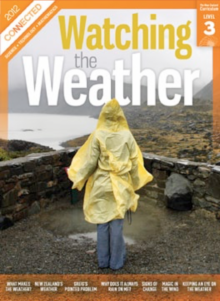
What Makes the Weather
by Eric Brenstrum
This article describes the physical processes that drive weather: the water cycle and changes in air pressure and temperature. The text then explains how these processes work together to cause a variety of weather conditions.
-
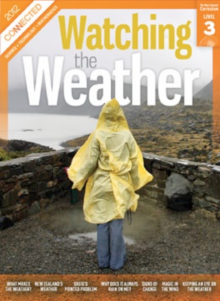
New Zealand's Weather
by Eric Brenstrum
This article outlines the global influences on the weather. It explores how oceans, continents, and icecaps affect the way air moves, heats, and cools. It then reinforces the concepts explained in “What Makes the Weather” by applying them to the context of weather in the South Pacific and particularly in New Zealand.
-
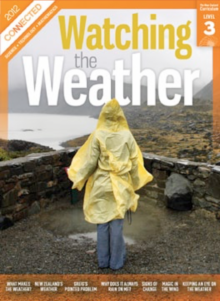
Greig’s Pointed Problem
by Bronwen Wall
“Greig’s Pointed Problem” explores the processes involved in planning, designing, and producing a technological solution to a problem through the process of developing a new umbrella.
-
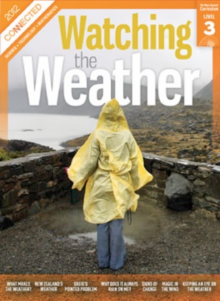
Magic in the Wind
by Bronwen Wall
“Magic in the Wind” briefly describes some of the technological challenges faced by Len Lye in designing a successful wind wand. Together this article and "Greig's Pointed Problem" provide the basis for a comparison between technology and art.
-
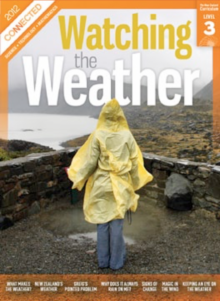
Why Does It Always Rain on Me
by Anna Martin
This article describes how the amount of rain that falls throughout the year(s) can be explored to find patterns. Different types of displays are used to show the data and to prompt questions, and some basic features of time-series data are introduced.
-
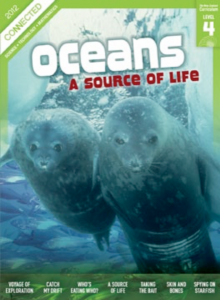
Voyage of Exploration
by Elinor Chisholm
In “Voyage of Exploration”, students read about the marine diversity in New Zealand’s territorial waters and the process that NIWA scientists use to classify organisms.
-
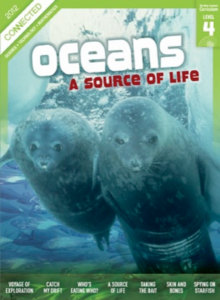
Catch My Drift
by Sarah Wilcox
In “Catch My Drift”, students learn about phytoplankton, the key producers in the ocean. Phytoplankton play a similar role to land plants, producing the carbohydrates and oxygen that marine consumers depend on. Phytoplankton also play an important role in the carbon cycle.
-
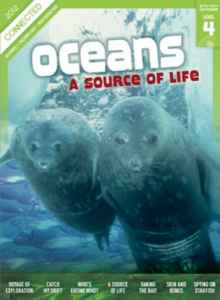
Who's Eating Who
by Bronwen Wall
“Who’s Eating Who?” introduces students to some of the creatures in the Antarctic food web. Students learn about some of the adaptations that enable these animals to survive in the harsh Antarctic environment.
-

Taking the Bait
by Kate Potter
In this article, students learn about the development of the underwater bait setter. This device is designed to reduce the number of seabirds harmed through long-line fishing.


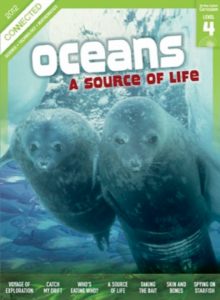

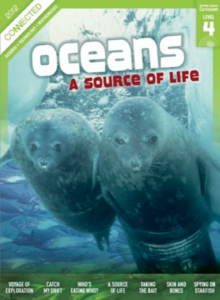
 Literacy Online home
Literacy Online home
